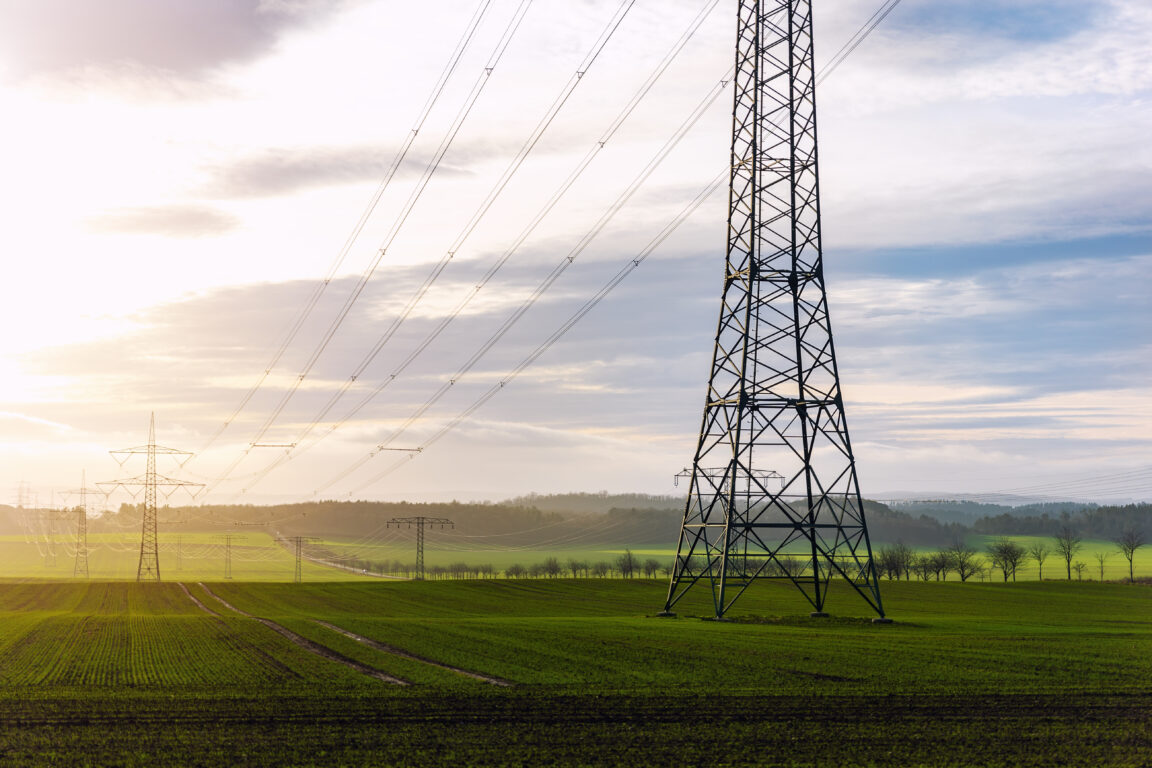Transforming the Kenya Power Landscape by Incorporating Sustainable Practices

Kenya Power, established in 1922, has been a cornerstone of our nation’s development, providing electricity to millions. However, recent heavy rains and flooding have exposed vulnerabilities in our power infrastructure, leading to widespread outages and public frustration. As Kenyans face ongoing power disruptions, it is crucial to explore sustainable solutions.
One resident shared her longing for the power reliability of the past, stating, “… I wish I was back in the days of ukoloni, where things worked.” Such sentiments reflect a broader dissatisfaction with current services and highlight the urgent need for a more thoughtful approach to maintaining power supply.
The challenges brought by extreme weather, as explained by Kenya Power spokesperson Siror, include fallen trees causing short circuits and disruptions to the network. While this is a legitimate concern, the response of cutting down trees near power lines has sparked significant backlash. Residents across the country, including those in Nyayo Estate, have expressed their outrage at this haphazard tree removal, viewing it as a blatant disregard for the environment.
The decision to cut down trees not only threatens our cherished landscapes but also undermines national commitments to sustainability. With climate change increasingly affecting our environment, this is a critical moment for Kenya Power to reconsider its strategies. The parastatal has launched ambitious initiatives, such as the pledge to plant 800,000 trees, emphasising the importance of environmental stewardship. Yet, their actions appear misaligned with these goals, creating a disconnect between policy and practice.
Instead of turning to drastic measures, there are viable alternatives that could enhance both reliability and sustainability. One such solution is the adoption of underground power lines. This approach would eliminate the risk of outages caused by fallen trees while also preserving our natural environment.
Kenya has already demonstrated its capability for infrastructure innovation, particularly in the telecommunications sector, where the rollout of fibre optic internet has transformed connectivity nationwide. By applying similar principles to electricity distribution, Kenya Power could significantly improve service reliability and resilience against unpredictable weather.
Moreover, transitioning to underground cables would not only benefit the environment but also enhance safety and aesthetics in urban and rural areas. It would protect power lines from external damage and reduce the need for frequent maintenance, ultimately leading to a more stable power supply for all Kenyans.
I acknowledge that capacity, cost and convenience are critical factors to consider when proposing innovative solutions. The transition to underground cables can be implemented gradually, beginning in low-density areas such as rural areas and small residential neighbourhoods. This phased approach incorporated with a test, learn, and refine system will enable our power providers to understand our capabilities and capacities. By adopting this methodology, Kenya has the potential to establish itself in the power industry in a manner similar to our success in the telecommunications sector, where we have become well known for our rapid advancements in internet connectivity.
Considering everything, the challenges currently faced in our power industry present an opportunity for meaningful change. As Kenya chooses to embrace technology and infrastructure advancement, sustainability practices such as underground cabling presents the perfect opportunity for reliable power supply while protecting our environment for future generations. This approach would align with national sustainability goals and restore public confidence in our power infrastructure. It’s time to embrace innovative solutions that benefit both the people and the planet, paving the way for a brighter, more sustainable future.

